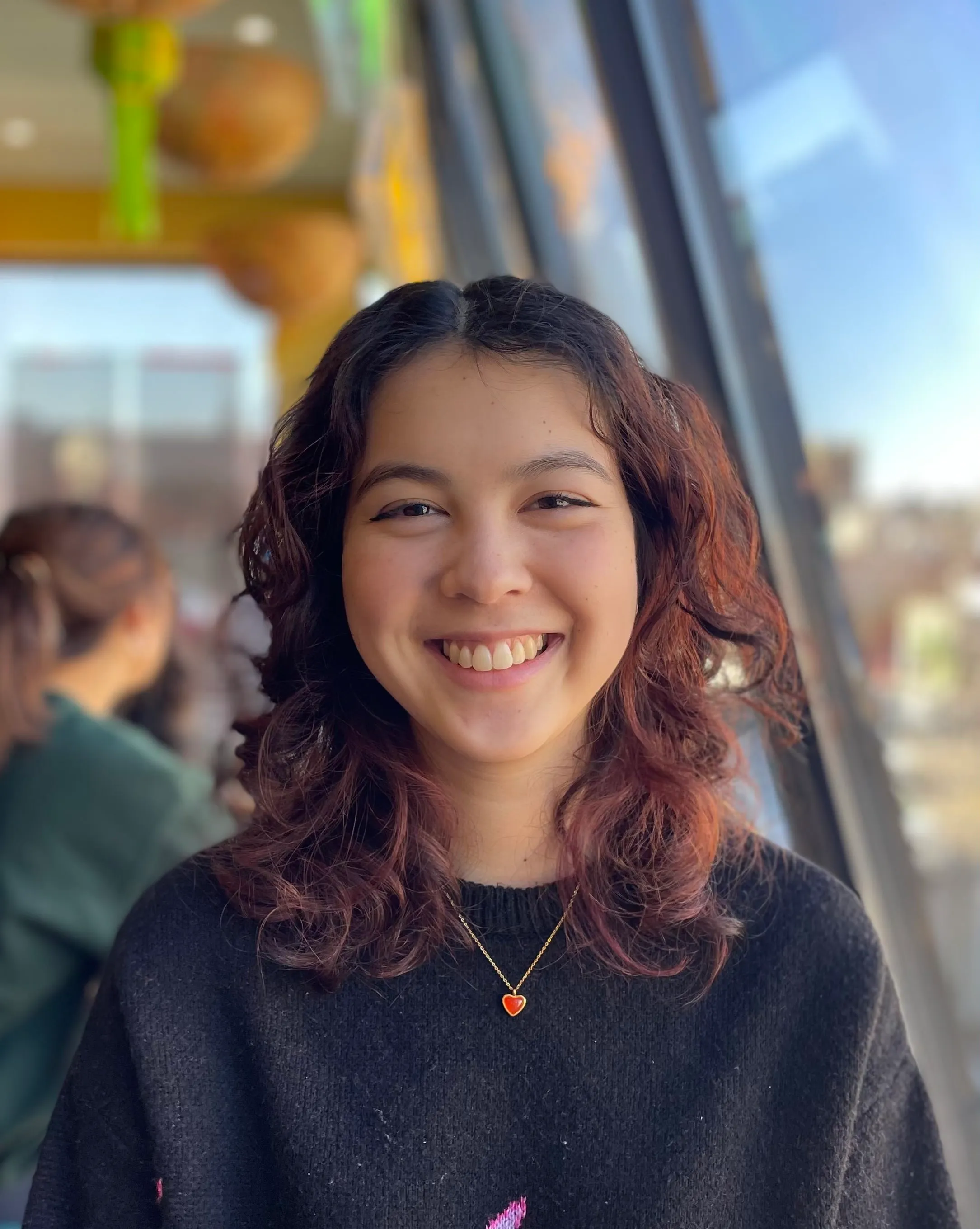*This article is a joint effort with Safia Barmada.
Wat Mongkolratanaram is a Thai temple nestled in an otherwise unassuming suburban block in Berkeley. As you walk down the street, everything seems like a typical neighborhood—until the striking building comes into view, an ornate retreat among family homes. The temple resembles a repurposed house, painted in shades of red and yellow, decorated with intricate golden details and accents that catch the light.

Heading towards the back, the space opens up into a lively courtyard filled with food tents, picnic tables, and grassy patios. College students, families, and older couples are among the crowds, eagerly waiting for food and enjoying meals. The smell of Thai food and the sound of animated conversation fill the air, creating a warm, inviting atmosphere.
History

Wat Mongkolratanaram has a history of almost 50 years in Berkeley. It was originally a Victorian-style home, and in 2001, renovations were completed to make it into a Thai Buddhist temple. Weekly public brunches, on Sundays from 10 am to 1pm, have been held for over 30 years, serving as a staple weekend Thai food spot for neighborhood residents and UC Berkeley students alike. These brunches raise donations to support the temple, which is run by five monks. The temple also hosts community cultural events and celebrations.
The Menu

A large and diverse offering of authentic dishes at the temple means there’s something for everybody. Long lines form for bowls of beef noodle soup, rice plates with curries, and stir-fried vegetables and noodles. A full vegetarian menu featuring pumpkin curry, tofu curry, vegetable dishes, and pad thai offer plenty of choices and also attract shorter lines, making it a quicker option. Drink selections for a few tokens—the currency provided at the temple—include Thai tea, coffee, and water.
If you still have room, be sure to check out dessert: generous portions of mango sticky rice are popular, and a whole station is dedicated to khanom krog (fried coconut balls with sweet or savory toppings) and khanom babin (chewy coconut and taro pancakes). Unless you go in a large group, it’s impossible to try everything, so repeat trips would be worth it to sample every dish. While we will definitely be going back to try items like green papaya salad and fried chicken, we were able to order a range of items from the menu on our first trip.

The first thing we wanted to try was the combo plate, which offers up to three items on one plate—ideal for sampling a variety of dishes as a first-timer. We ordered the pad Thai, chicken green curry, and the five-spice pork belly, egg, and tofu stew. The five-spice stew had a rich flavor, and the pork belly was soft and tender; however, we found ourselves wishing for a slightly more generous portion. The pad Thai and green curry tasted as expected: they were satisfying but not particularly memorable. Other Thai restaurants in Berkeley offer similar dishes that may be fresher or more flavorful, but the lively, communal atmosphere of the temple makes it an overall fun experience.

The beef noodle soup, one of the most popular dishes, did not disappoint. Despite having the longest line, it was worth the wait and ended up being a highlight of the meal. Out of the three noodle options, we chose the thickest one. The noodles were remarkably chewy and delicate—almost too delicate, as they kept slipping off our chopsticks. The broth was comforting and full of flavor, enhanced by the cilantro and green onion aromatics. With toppings like carrots, celery, thinly sliced beef, and meatballs, the bowl felt well-rounded and satisfying. For meat-lovers, there is also the option to add a massive beef bone for just one extra token.

Although we were nearing the capacity of our stomachs, we held out for dessert. We knew we had to try the mango sticky rice, a personal favorite. Though the price was a bit higher than your typical dessert, the generous portion made it easy to justify. The whole mango on top was ripe and brought a refreshing vibrance to the dish. The coconut sauce was so creamy, adding a balance of sweetness and savoriness to the dish, making it a great way to end the meal.
Know Before You Go

The temple operates on a token system: guests pay with cash or Venmo in exchange for tokens that can then be spent at the various food stalls. Tokens are purchased upfront with a straightforward 1:1 conversion rate, but you can trade back leftover tokens at the end of your meal or choose to donate them to the temple.
The dining area is communal-style, with long folding tables and chairs set up on the patio. There is some shade underneath the tents, but most of the area is unprotected, so I would recommend bringing a hat or sunglasses if you don’t want to be scorched by the California sun. If you prefer to picnic, bring a blanket and enjoy your meal on the grassy lawn. Parking in the residential neighborhood is limited, so if you drive, you may have to park farther away and walk, especially during busy times.
#SpoonTip: Food lines tend to peak around 11-11:30 am, so arrive earlier or later to avoid a longer wait.

If you’re looking for a delicious and refreshing way to spend your Sunday morning, visit Wat Mongkolratanaram and experience Thai cuisine in a lively, bustling environment. You can even make it a productive day by knocking out grocery shopping at Berkeley Bowl afterwards, which is conveniently located only a block away.



